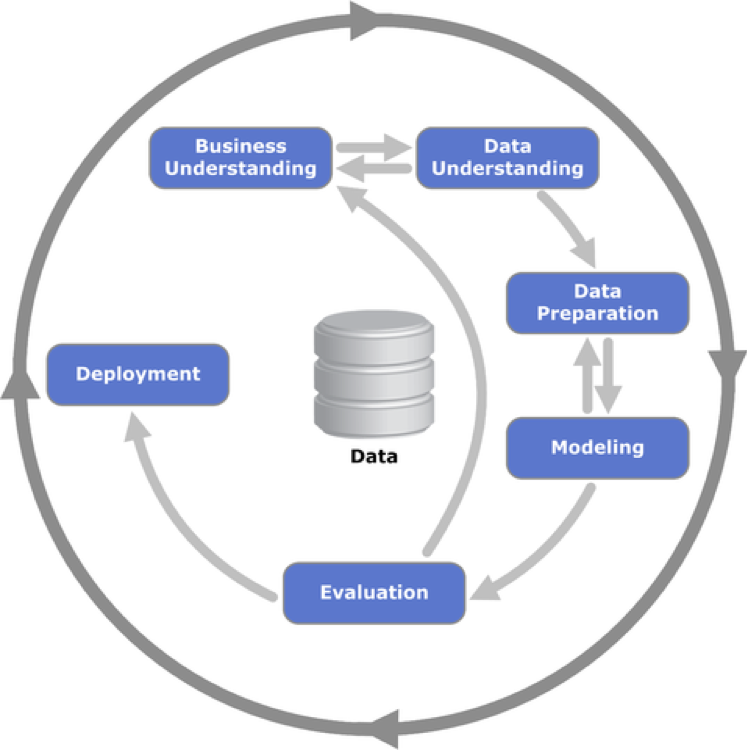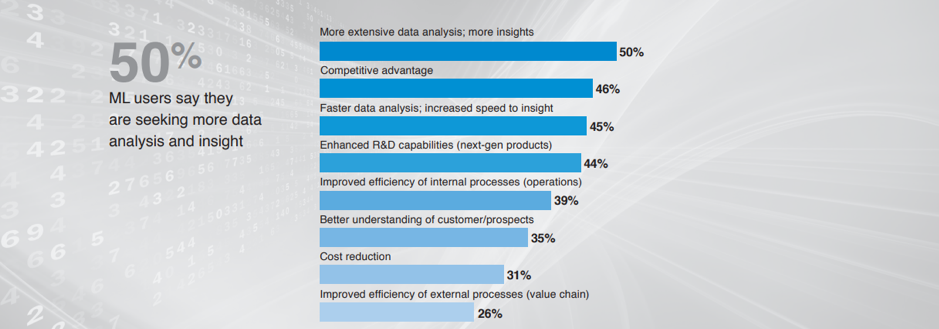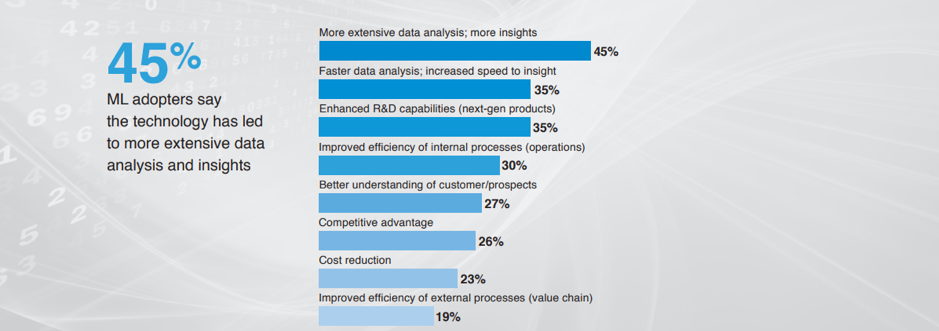How Machine Learning Powers Business Growth

How Machine Learning Powers Business Growth
Contributed ContentBusinesses of all sizes should consider investing in machine learning – or risking out on valuable data-driven insights that could help them beat their competition.
Machine learning (ML) is one of the most powerful business transformation trends in 2018.
Though increasingly complex to implement, ML empowers data-first companies in many ways — from increased performance and enhanced security to a considerable boost in ROI and revenue.
Before investing, however, every business leader should be aware of the potential benefits of machine learning for their business, as well as how to solve business problems with ML.
Companies that don’t take advantage of ML risk staying on the technology sidelines – or even losing to their competition.
You can use this article to how ML works and how it can impact your business.
What Is Machine Learning?
Machine learning is a specific field of artificial intelligence (AI), which trains machines how to learn by “feeding” data (including Big Data) to their algorithms.

The algorithms collect and process data using statistics to predict outcomes, generate insights, and unveil solutions to existing or potential problems.
Specifically, data is prepared and modeled based on a company’s understanding of business goals and data. If the data is sufficient, it’s evaluated and deployed. If not, it gets reworked and enhanced to be deployed in a future cycle.
When data is deployed, it is virtually run through an algorithm that checks how it behaves, generating predictions that allow businesses to make decisions and achieve specific results. For instance, data can be put into an ML-powered user behavior algorithm that precisely predicts user intent.
Many companies store large volumes of data that cannot be processed manually. If your company has 1 terabyte of data, it’s the equivalent of approximately 200,000 songs or 17,000 hours of music.
By investing in ML, your business will gain the ability to continuously analyze this high volume of granular and extremely diverse unstructured data, gaining a strong competitive advantage.
How Businesses Can Adopt Machine Learning
Machine learning is rapidly becoming the go-to technology in many industries. Businesses heavily invest in ML to stay ahead of their competition through innovation.
“Machine Learning Market” research indicates that the total value of the machine learning market is projected to increase fivefold — from $1.41bn in 2017 to $8.81bn in 2022. Alternatively, Zion Market Research predicts that it will be worth $20.83bn in 2024.
According to the MIT Technology Review Custom survey, more than half of 375 respondents (60%) from various industries reinforce their companies with ML in one form or another.
By implementing ML, businesses hope to gain 3 key benefits: new insights through data (50%), a competitive advantage (46%), and faster data analysis (45%).

Source: MIT Technology Review Custom survey
Businesses also hope to:
- Enhance their R&D capabilities (44%)
- Boost internal process efficiency (39%)
- Better understand customers (35%)
- Cut costs (31%)
- Improve external process efficiency (26%)
In the meantime, those who have already implemented ML practices in their companies report numerous benefits, including:
- Better data insights (45%)
- Faster data analysis (35%)
- Enhanced R&D capabilities (35%)
- Improving internal process efficiency (30%)
- Better understanding customers (27%)
- Competitive advantage (26%(
- Cost reduction (23%)
- Improved external process efficiency (19%)

Source: MIT Technology Review Custom survey
These two studies show that implementing machine learning results in more extensive data analysis, allowing businesses to gain new insights.
Only 26% of businesses, however, report that ML provides a competitive advantage (while 46% expect it to be the case). ML does help businesses gain a competitive edge, but it may be complex to implement, and its results may be harder to apply than businesses anticipate.
Nevertheless, ML has infiltrated almost every industry, including IT, banking, financial services, healthcare, education, retail, life sciences, and media.
As more businesses adopt ML, they will become more sophisticated in applying what they learn from it.
Real-World Cases of Machine Learning
Even if you’re not an expert in ML, you’ve likely encountered it.
Every e-commerce platform today features a simplistic recommendation engine (“also bought with this item”), with Amazon and Walmart using advanced retail analytics and product recommendations on a regular basis.
Social media platforms, such as Facebook, Twitter, and LinkedIn, also use machine learning for personalized content delivery, online advertising, and bidding. The ads that pop up in your Facebook feed are delivered using an ML algorithm that analyzes your preferences to match them with a marketer’s ad delivery settings.
Apple’s Face ID, which is uses complex ML-powered image recognition and face detection technology, has revolutionized the way we approach privacy and security of personal data.
Google’s self-driving cars are slowly but surely becoming commonplace, too. It is expected that more than 10 million will hit the road by 2020.
Even if you’re not familiar with the inner workings of ML technology, you have probably encountered it in your daily life.
Businesses Will Increasingly Rely on Machine Learning
Along with AI, ML is the most widely cited technology trend of 2018 for a reason.
Its potential impact on business is enormous. ML offers swift information processing, which leads to rapid business growth.
In particular, ML offers:
- Higher-quality insights about business processes and customers
- Better solutions to conventional problems and radical solutions to arising issues
- Continuous improvement of existing processes
- Prediction of potential problems
- Discovery of new areas of business growth by analyzing untapped sources of unstructured data
Machine learning allows businesses to anticipate and preemptively satisfy customer needs, increase the efficiency of inventory systems, and reduce the amount of errors and manual work when managing with Big Data.
In practical terms, this means advanced business intelligence, increased KPIs (both for your business and your employees), better ROI, and improved revenue.
The machine learning evolution is inevitable. Businesses should embrace it now or risk falling behind the competition.
